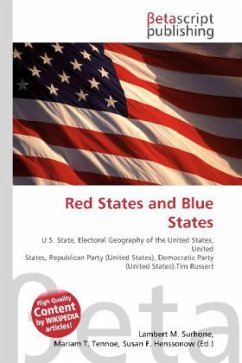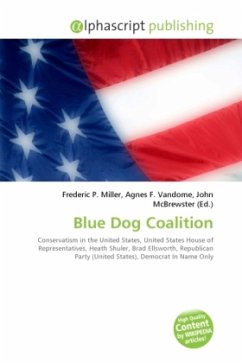Please note that the content of this book primarily consists of articles available from Wikipedia or other free sources online. Red states and blue states came into use in 2000 to refer to those states of the United States whose residents predominantly vote for the Republican Party or Democratic Party presidential candidates, respectively. A blue state tends to vote for the Democratic Party, and a red state tends to vote for the Republican Party, although the colors were often reversed or different colors used before the 2000 election. According to The Washington Post, the terms were coined by television journalist Tim Russert during his televised coverage of the 2000 presidential election; that was not the first election during which the news media used colored maps to graphically depict voter preferences in the various states, but it was the first time a standard color scheme took hold. Since 2000, usage of the term has been expanded to differentiate between states being perceived as liberal and those perceived as conservative.
Bitte wählen Sie Ihr Anliegen aus.
Rechnungen
Retourenschein anfordern
Bestellstatus
Storno








